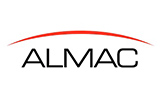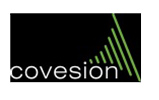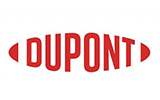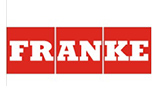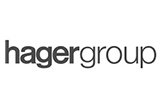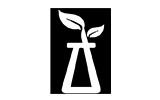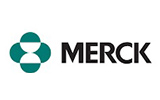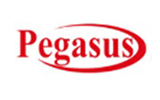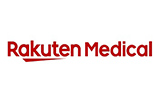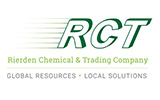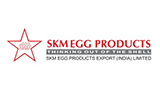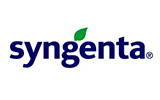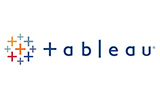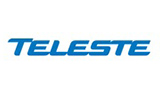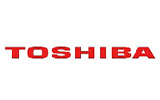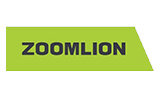
1. Preface
1.1. Objectives of the Study
1.2. Market Segmentation & Coverage
1.3. Years Considered for the Study
1.4. Currency & Pricing
1.5. Language
1.6. Stakeholders
2. Research & Forecasting
2.1. Research Methodology
2.1.1. Research Process
2.1.2. Research Framework
2.1.3. Research Reliability & Validity
2.1.4. Research Assumptions
2.2. Forecasting Methodology
3. Executive Summary
3.1. Market Outlook
3.2. Market Data Feed
4. Premium Insight
4.1. Market Connectivity
4.2. Market Dynamics
4.2.1. Drivers
4.2.2. Restraints
4.2.3. Opportunities
4.2.4. Challenges
4.3. Porters Five Forces Analysis
4.3.1. Threat of New Entrants
4.3.2. Threat of Substitutes
4.3.3. Bargaining Power of Customers
4.3.4. Bargaining Power of Suppliers
4.3.5. Industry Rivalry
4.4. Client Customizations
5. Global Air Compressor Filter & Compressed Air Dryer Market, by Compressed Air Dryers Type
5.1. Overview
5.2. Market Sizing & Forecasting
5.3. Deliquescent Dryers
5.4. Desiccant/Adsorption Dryers
5.5. Membrane Dryers
5.6. Refrigeration Dryers
6. Global Air Compressor Filter & Compressed Air Dryer Market, by Compressed Air Filters Type
6.1. Overview
6.2. Market Sizing & Forecasting
6.3. Activated Carbon Filters
6.4. Coalescing Filters
6.5. Compressed Intake Filters
6.6. Particulate Filters
7. Global Air Compressor Filter & Compressed Air Dryer Market, by Application
7.1. Overview
7.2. Market Sizing & Forecasting
7.3. Condensed Water Removal
7.4. Mist Removal
7.5. Oil Removal
7.6. Particulate Removal
8. Global Air Compressor Filter & Compressed Air Dryer Market, by Industry
8.1. Overview
8.2. Market Sizing & Forecasting
8.3. Automotive
8.4. Chemicals
8.5. Electronics
8.6. Food & Beverages
8.7. Food & Beverages
8.8. Oil & Gas
8.9. Pharmaceuticals
8.10. Power Generation
9. Global Air Compressor Filter & Compressed Air Dryer Market, by Geography
9.1. Overview
9.2. Market Sizing & Forecasting
9.3. Americas
9.3.1. Argentina
9.3.2. Brazil
9.3.3. Canada
9.3.4. Chile
9.3.5. Mexico
9.3.6. United States
9.4. Asia-Pacific
9.4.1. Australia
9.4.2. China
9.4.3. India
9.4.4. Indonesia
9.4.5. Japan
9.4.6. Malaysia
9.4.7. Philippines
9.4.8. South Korea
9.4.9. Thailand
9.5. Europe, Middle East & Africa
9.5.1. Denmark
9.5.2. France
9.5.3. Germany
9.5.4. Italy
9.5.5. Netherlands
9.5.6. Qatar
9.5.7. Russia
9.5.8. Saudi Arabia
9.5.9. South Africa
9.5.10. Spain
9.5.11. United Arab Emirates
9.5.12. United Kingdom
10. Competitive Landscape
10.1. FPNV Positioning Matrix
10.1.1. Quadrants
10.1.1.1. Forefront
10.1.1.2. Pathfinders
10.1.1.3. Niche
10.1.1.4. Vital
10.1.2. Business Strategy
10.1.2.1. Business Growth
10.1.2.2. Industry Coverage
10.1.2.3. Financial Viability
10.1.2.4. Channel Support
10.1.3. Product Satisfaction
10.1.3.1. Value for Money
10.1.3.2. Ease of Use
10.1.3.3. Product Features
10.1.3.4. Customer Support
10.2. Market Vendor Ranking Analysis
10.3. Competitive News Feed Analysis
11. Company Usability Profiles
11.1. Atlas Copco
11.1.1. Overview
11.1.2. Strategy
11.1.3. SWOT
11.2. Donaldson Company
11.2.1. Overview
11.2.2. Strategy
11.2.3. SWOT
11.3. Ingersoll-Rand
11.3.1. Overview
11.3.2. Strategy
11.3.3. SWOT
11.4. Mann+Hummel
11.4.1. Overview
11.4.2. Strategy
11.4.3. SWOT
11.5. Parker-Hannifin
11.5.1. Overview
11.5.2. Strategy
11.5.3. SWOT
11.6. BOGE Kompressoren
11.7. Beko Technologies
11.8. Kaeser Kompressoren
11.9. Mikropor
11.10. SPX Flow
11.11. Sullair
11.12. Sullivan-Palatek
11.13. Van Air Systems
11.14. Zeks Compressed Air Solutions
12. Appendix
12.1. Discussion Guide
12.2. Author Details
Companies Mentioned
1. Atlas Copco
2. Donaldson Company
3. Ingersoll-Rand
4. Mann+Hummel
5. Parker-Hannifin
6. Beko Technologies
7. BOGE Kompressoren
8. Kaeser Kompressoren
9. Mikropor
10. SPX Flow
11. Sullair
12. Sullivan-Palatek
13. Van Air Systems
14. Zeks Compressed Air Solutions
